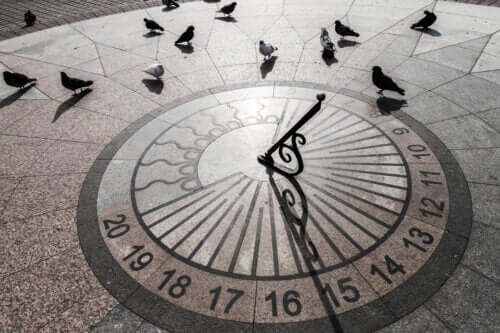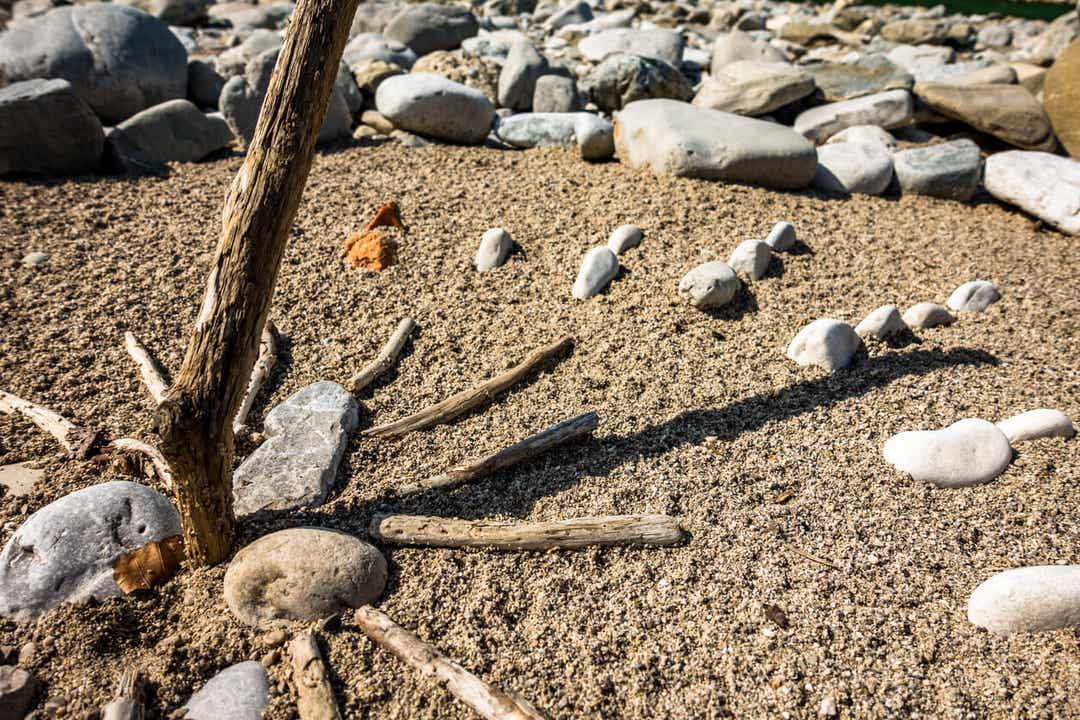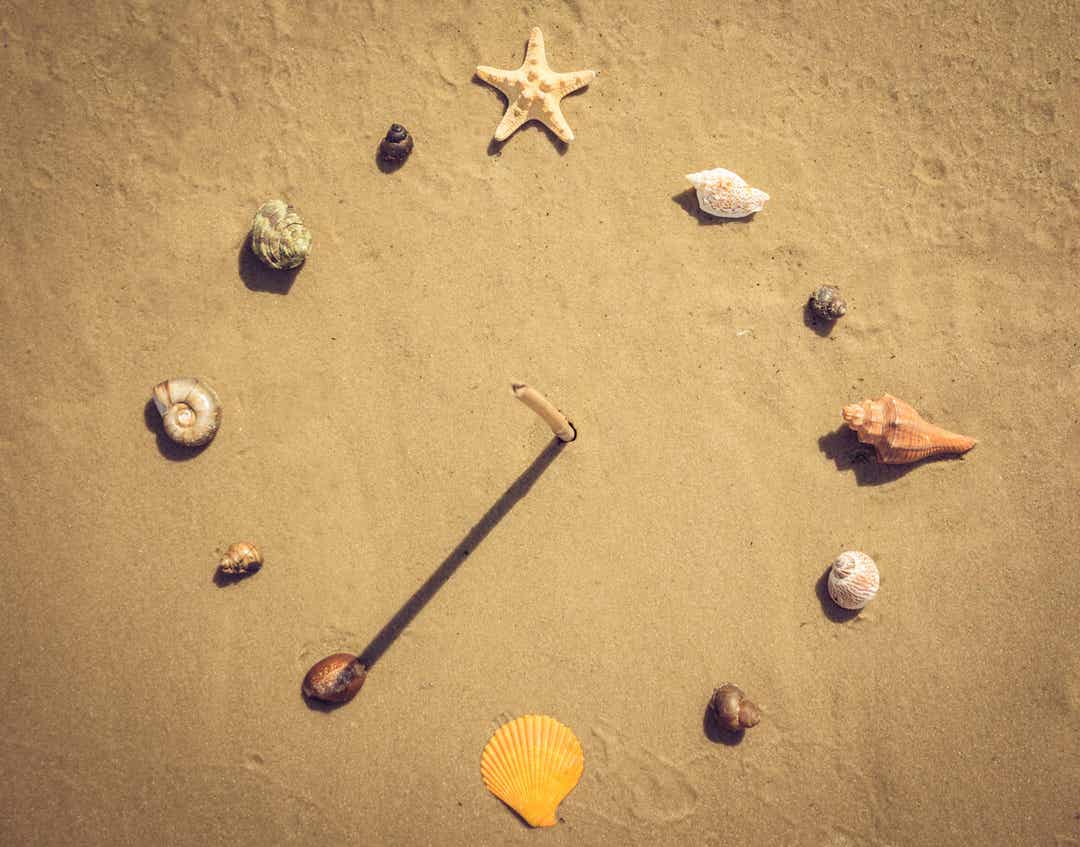How to Make a Homemade Sundial

The passing of hours and of time, in general, are difficult subjects for children to understand, so we’ll bring you a solution: a tutorial on how to make a homemade sundial, a simple device that’s very useful for explaining this complex subject to the little ones.
The task is easy and you only need a few elements that you already have at home–and the desire to work and have some fun. Organize the task and start at the appointed time, as we’ll explain below.
Guide to making a homemade sundial
A sundial is composed of two pieces: the dial, where the hours are marked, and the pointer, which is the element used to cause the shadow. If we learn to read what the sun indicates, we’ll be able to know what time it is without having to look at a clock. According to the age of your children, choose among these models that we’ll present below.
Sundial on wood
This activity is recommended for children over ten years old, as you have to use a heavy tool such as a hammer, which must be handled safely.

Materials:
- 1 wooden board
- 1 long nail
- Hammer
- Pencil
- Ruler
- Clock
Instructions:
- Find a sunny and flat place.
- Lay the board on the ground and place the nail in the center; this will be the pointer of the clock.
- At the beginning of an early hour of the day, make a mark on the part of the wood where the shadow of the nail is visible.
- Repeat this every hour until it gets dark.
- Join the marks by drawing lines down the center with a pencil and ruler.
- Your homemade sundial is ready!
Paper sundial
If you have small children, they’ll love this easy-to-make model. All the elements you need are safe and easy to get.
Materials:
- 1 disposable plate
- Pencil
- Glue
- A clock template
Instructions:
- Search the Internet for some downloadable templates of round clocks and print one out.
- Glue the paper with the printed template on the back of the plate.
- Mark the center and stick the pencil on the flat side.
- Take the plate outside and place it on a flat surface.
- Orient the plate so that the shadow matches the time of day.
- The shadow of the pencil (pointer) will move across the hours as time passes. This will allow your children to tell what time it is even though this clock has no hands.
A sundial in the garden
A fun way to make a sundial is to mark it in the dirt or grass in your yard. For this, you’ll need things you’re sure to find around the house or outside.
Materials:
- A stick or straight piece of wood of about 16 inches long
- Small stones

Instructions:
- Find a flat spot in your garden.
- Stick the wooden stick in the ground.
- Wake the children at 7 a.m. and use a stone to mark where the shadow of the stick is on the ground.
- Come back every hour and mark the shadow on the ground with one of the stones. Do this until the end of the day.
- When evening comes, you have your sundial on the lawn of your garden!
Discover more: How to Explain the Water Cycle to Children
Why make a homemade sundial?
With this activity, several geography topics can be explained. Some of the concepts that children will learn are the following:
- The sun rises in the east and sets in the west, and shadows evolve accordingly. At sunrise, the shadow of the pointer is long and casts westward; then it’ll become shorter and turn northward to indicate noon. From here, the shadow turns eastward and becomes longer again. This is caused by the Earth’s rotational motion throughout the day, which causes the hours to pass and the shadows to change.
- There’s a piece of information modern analog clocks don’t tell you and that only a sundial can offer, and that’s what season of the year you’re in. This change is caused by the Earth’s translational motion; in winter, the days are shorter and the shadows are longer. And the day of the summer solstice, for example, is the day of the shortest shadows.
Just as we explained how to make a wind meter and a compass, today we’ve brought you this new project for you to use with your children. The idea is that you know how to make a homemade clock and you can also use it to explain some school subjects easily. Let’s get to work!
All cited sources were thoroughly reviewed by our team to ensure their quality, reliability, currency, and validity. The bibliography of this article was considered reliable and of academic or scientific accuracy.